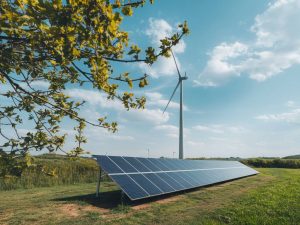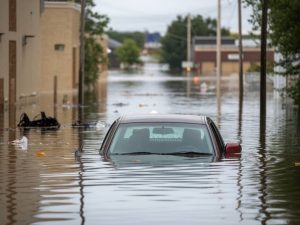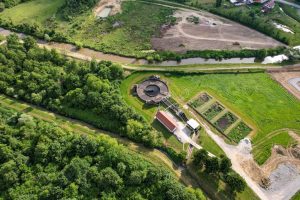How does global warming affect food security and public health?

How does global warming affect food security and public health?
As the planet continues to warm, the effects of global warming stretch far beyond rising sea levels and melting ice caps. One of the more pressing concerns is its impact on food security and public health. We often take for granted the reliability of our food systems and the comprehensive nature of our healthcare infrastructure. Yet, these are intricately connected to the stability of our climate. How exactly does global warming threaten these essential aspects of our daily lives?
The Link Between Climate and Agriculture
Agriculture is the backbone of our food supply, but it rests precariously on stable climatic conditions. As temperatures rise, farmers around the world face unprecedented challenges. Crops such as wheat, rice, and maize, which thrive within specific temperature ranges, are becoming increasingly difficult to grow.
Picture a farmer in the heartland of America, accustomed to fertile lands and predictable weather. Now imagine the unpredictability brought on by global warming, with extended droughts and intense heatwaves. What does this mean for his harvest? Lower yields, increased costs for irrigation, and ultimately, reduced food supply.
Furthermore, the delicate balance of ecosystems that help in pest control is disrupted. Higher temperatures can exacerbate pest pressures, leading to a greater reliance on pesticides which, ironically, further harms the environment.
Impact on Food Security
With agriculture being directly impacted, food security comes under threat. But it’s not just about quantity; quality is at risk too. Nutritional content in staple crops is found to diminish with increased levels of carbon dioxide. Imagine a bowl of rice, not quite as nourishing as it was a generation ago.
In some parts of the world, communities depend heavily on a limited variety of crops. As these become harder to cultivate, diets become less diverse, heightening the risk of malnutrition.
- Decreased crop yields.
- Reduced nutritional quality.
- Increased food prices.
Public Health Ramifications
The effects of global warming extend into our health, creating a ripple effect. With food becoming scarce, nutritional deficits can heighten vulnerabilities to diseases. But the direct impacts of global warming on health are manifold.
Heatwaves, which are becoming more frequent, pose immediate threats to life, particularly among the elderly and those with pre-existing health conditions. The cityscapes we inhabit often exacerbate these conditions in what is known as the urban heat island effect. Ever wonder why cities feel hotter? Blame it on the concrete jungles.
Moreover, shifting weather patterns can influence the spread of infectious diseases. Think about how mosquitoes thrive in warmer climates, bringing ailments such as malaria and dengue fever to previously unaffected areas.
A Call to Action for Sustainable Practices
Amidst these challenges, there’s a silver lining; the opportunity and responsibility to take action. Advocating for sustainable practices in agriculture, like crop diversification and soil conservation, can help build resilience against climate impacts.
Technology also plays a crucial role. From satellite-based monitoring systems that predict crop failures to innovations in vertical farming, science offers tools to combat these issues.
In the public health domain, strengthening systems to respond to climate-induced health risks becomes imperative. This includes updating emergency preparedness plans and enhancing our healthcare infrastructure’s capacity to handle these emerging challenges.
Engaging the Community
We, as individuals, can contribute to mitigating the impacts of global warming. Every small action counts, be it reducing food waste, supporting local produce, or adopting energy-efficient habits. Ever thought about growing your own vegetables? Even in the smallest urban apartment, a window box can yield a surprising bounty.
Ultimately, addressing global warming’s effects on food security and public health demands a collective effort. Through advocacy, innovation, and everyday choices, we can steer toward a future where our planet thrives, safeguarding the well-being of generations to come.
So, as we witness the changes in our environment, let’s ask ourselves: What world do we want to hand over to our children? Making informed choices today paves the way for a healthier tomorrow.







